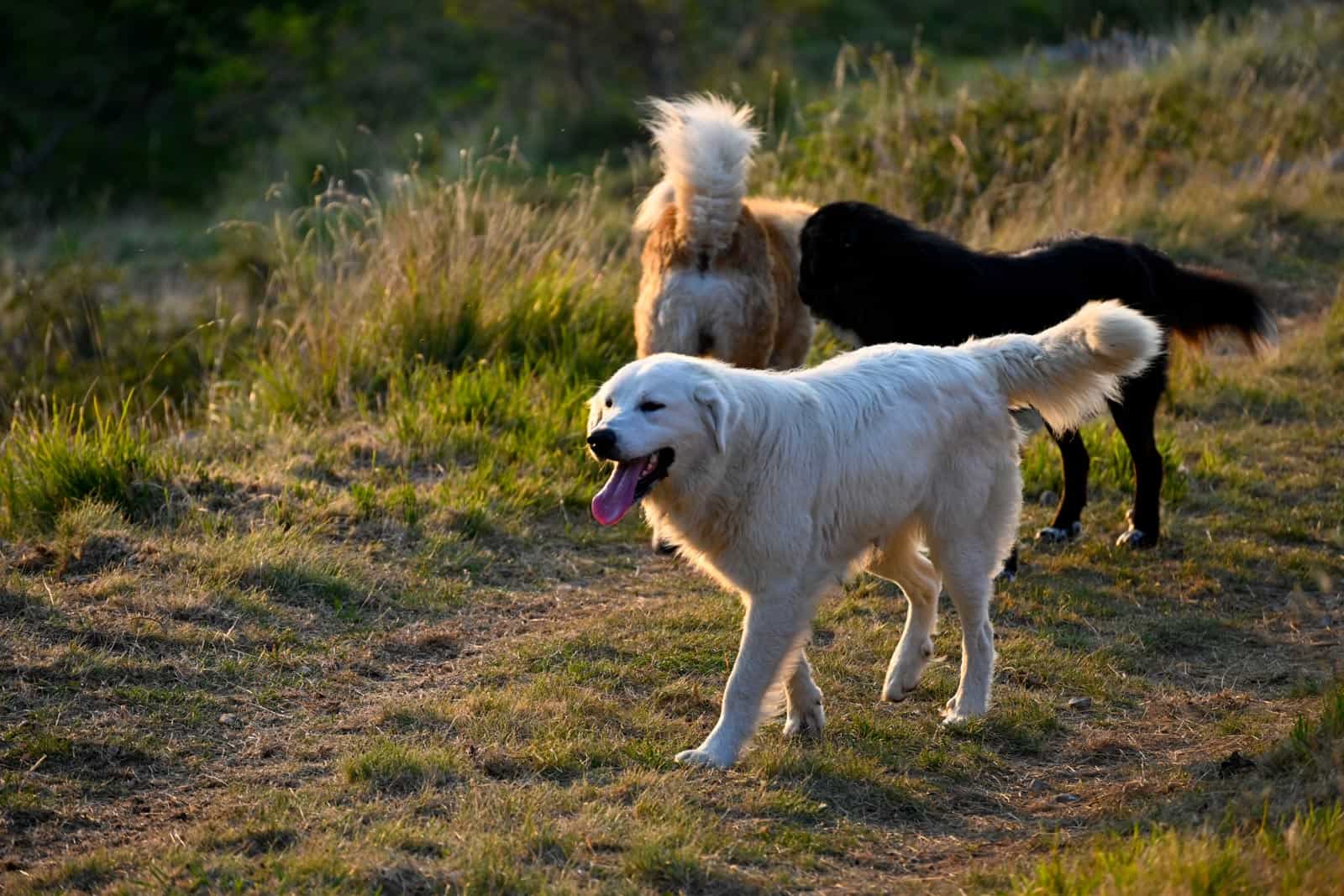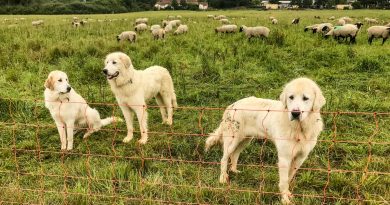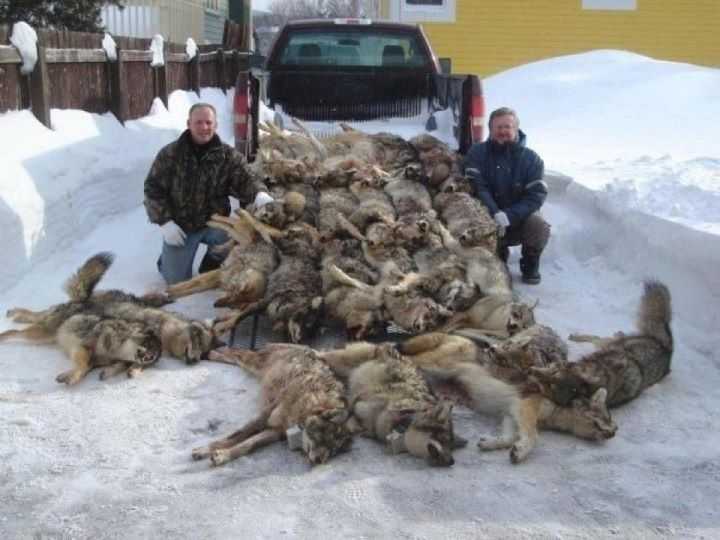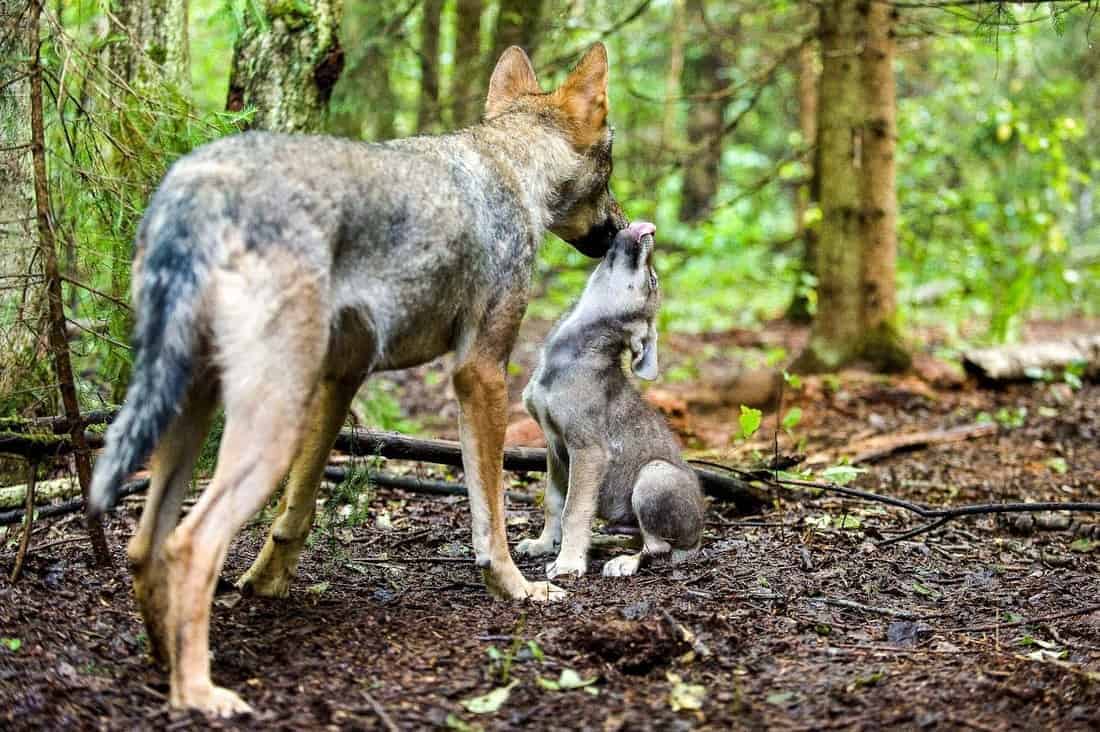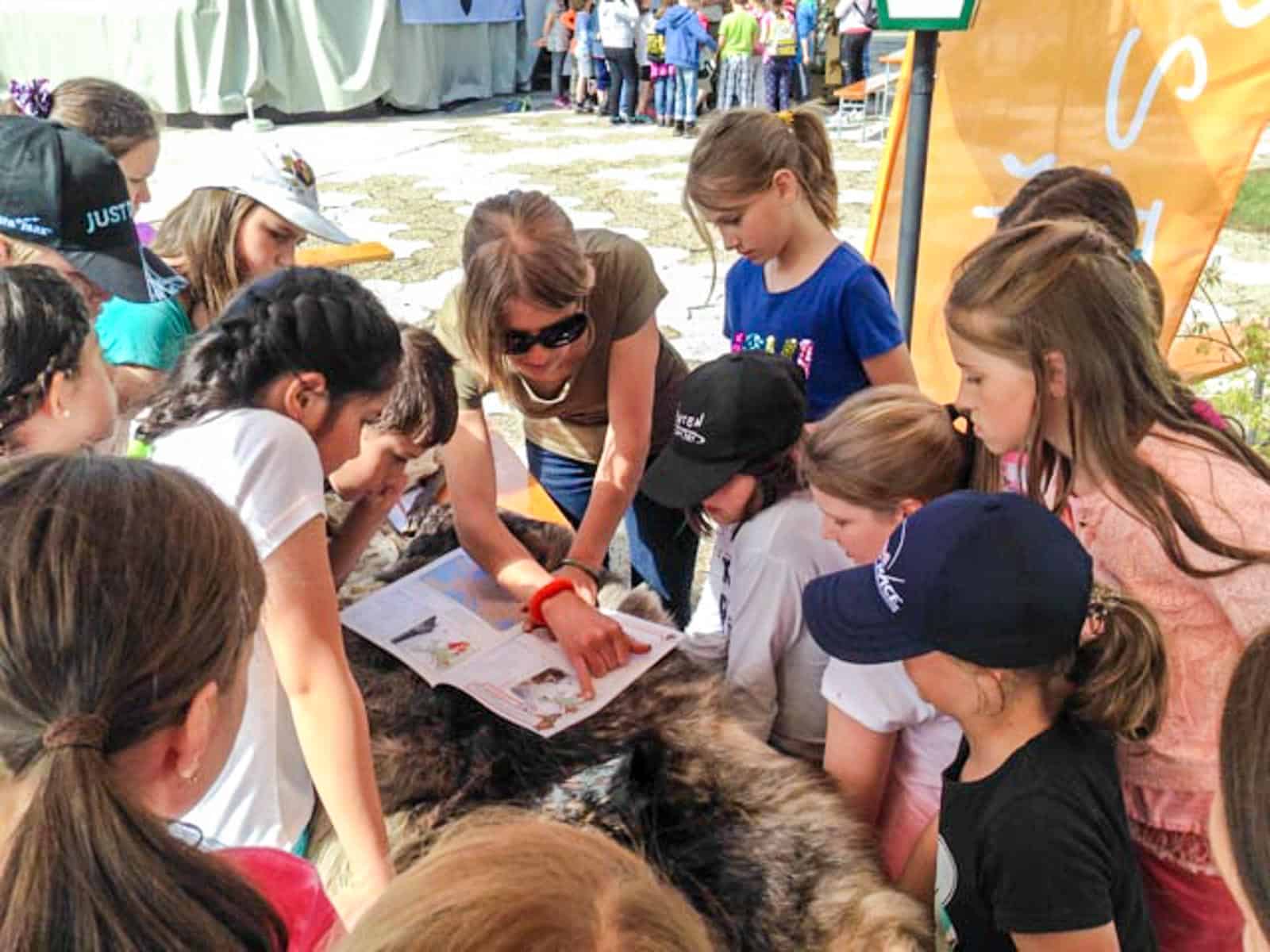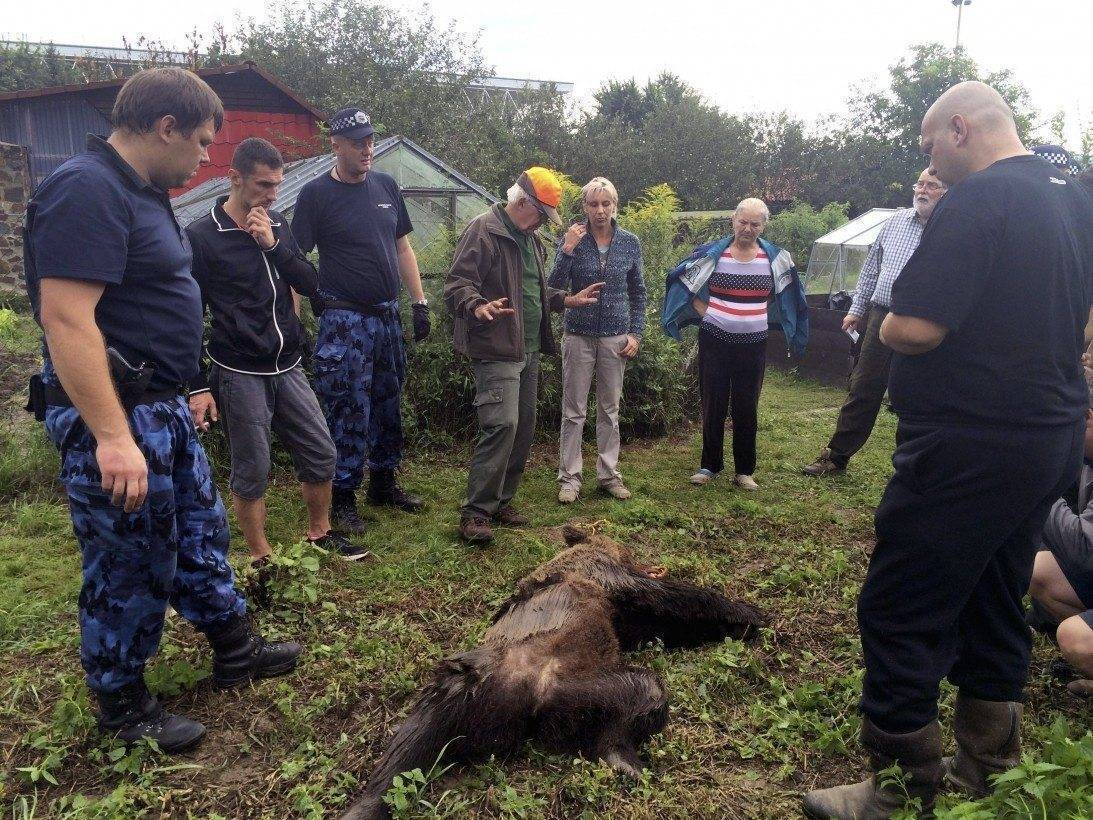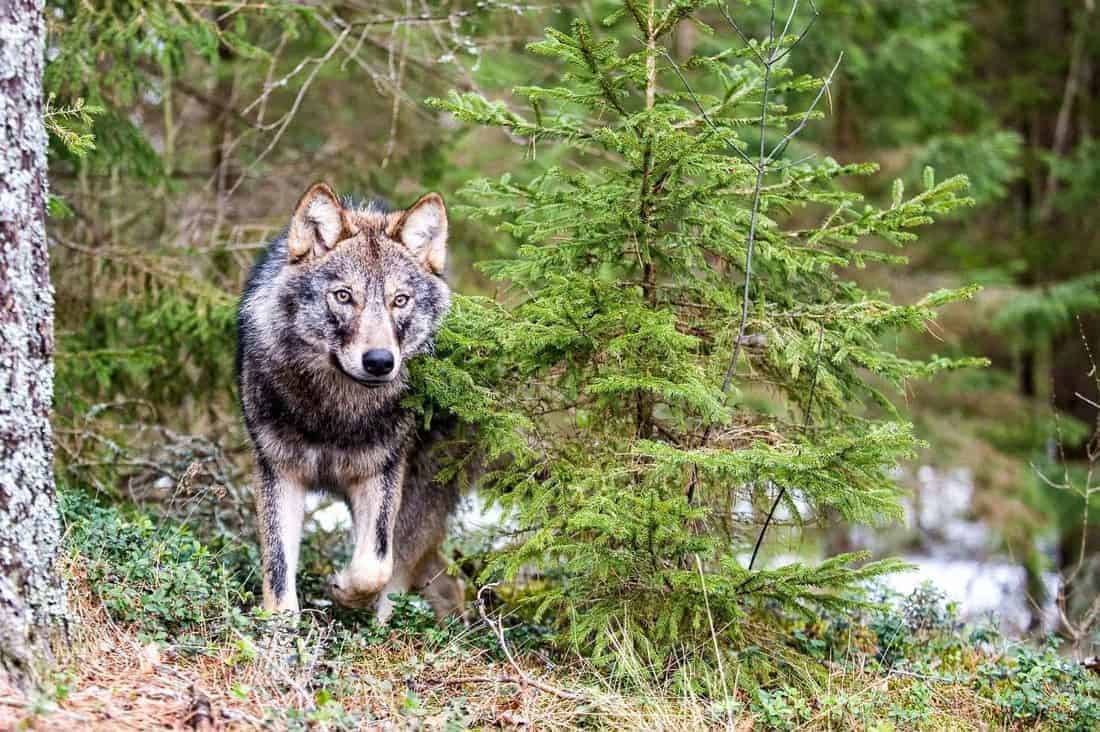What makes livestock guarding dogs effective?
As their name says, livestock guarding dogs protect livestock from predators like the wolf. They live together with the animals and guard the herd, especially at night, to prevent attacks. Single case studies around Europe have shown their effectiveness in reducing human-wolf conflicts. However, no study so far has investigated how livestock guarding dogs actually interact with wolves in pastures. Knowing this would greatly improve the effective use of livestock guarding dogs. Now, a new study conducted in the French Alps, gives interesting insights into the issue.
Please also read: Wolf survival linked to livestock guarding dogs
The situation in the French Alps
The grey wolf (Canis lupus) has been expanding its range and increasing in numbers across Western Europe, initially from the Apennines to the French, Swiss and Austrian Alps. In France, around half of all wolf packs occur in the region of Provence-Alpes-Côte d’Azur. During summer about 690,000 sheep move from the lowlands of southern France towards the Alps. There they spend four to five months on mountain pastures. Many shepherds rely on livestock guarding dogs to protect their sheep. Although somewhat effective, depredation numbers have been increasing. Between 2017 and 2019, about 12,167 heads of livestock were compensated on average each year across the country as a result of possible depredation by wolves.
Understanding interactions between dogs and wolves could improve the effectiveness of this livestock protection measure. To date, the knowledge is mostly based on indirect information such as farmers’ memory, reports and anecdotes. Although anecdotal evidence has value because it describes behaviour that is rarely directly observed on pastures, it is too rare and scattered to really understand underlying interactions. A study published in December 2020 now sheds light on this. There, a novel night-monitoring protocol using thermal imaging technology enabled the researchers to directly observe the events occurring on pastures at night.
Methodology and results of the study
The researchers monitored five sheep flocks for up to six years. They classified the types of response displayed during livestock guarding dog-wolf interactions into four categories: agonistic, searching for wolves no the pasture, non-aggressive, and vocalisation. From dusk to dawn, two to three observers stationed between 300 and 700 m from the flock took shifts to scan the sheep and their surroundings with a pair of infrared binoculars. Results showed that three characteristics appeared to decrease the risk of wolf predation on sheep:
- The gregariousness of the sheep (flock vs. small isolated group) on the pasture,
- the presence of livestock guarding dogs,
- and the ability of the dogs to interact with wolves.
For example, sheep that were part of small isolated groups were at higher risk of attack and higher risk of predation than sheep who remained with the flock. This can be explained by the presence of livestock guarding dogs with the flock, which is not always the case when sheep are isolated. Overall, wolf attacks without livestock guarding dogs led to more sheep being attacked. This shows that the presence of dogs still decreased predation risk, even if it was not always sufficient to avoid an attack or a kill.
During a wolf pack’s approach, the number of interactions with the dogs also played an important role. Overall, more interactions meant less predation. This could be due to energy expenditure and higher risk for wolves when interactions with dogs are enforced. Repeated interactions might in the end discourage some wolves from killing sheep. It also shows how important it is to encourage the attentiveness and protectiveness when raising and training those dogs.
More dogs in different areas mean better protection
Approaching wolves did not always trigger a response from the dogs, mostly because wolves were not threatening the flocks. As expected, most interactions were agonistic but lethal encounters between livestock guarding dogs and wolves were rare. Here, it is important to note that at the study sites wolves were almost always outnumbered by dogs. Large number of dogs are essential when sheep roam freely. They increase the number of interactions with dogs and, thus, decrease predation.
In the study sites, some dogs formed the outer boundaries of the guarding zone by engaging in pursuits with wolves far from the flocks. Others formed the inner boundaries by staying with the sheep. One of the key findings was that this strategy was most efficient in protecting the livestock. Because, once the wolves were close to the flock, it was very hard for the dogs to protect all sheep. Also, half of the interactions between livestock guarding dogs and wolves occurred at a distance greater than 300 m from the flock. Due to this, having dogs in different areas, far and close to the flock, prevents lethal attacks most effectively.
Certainly, these finings have to treated as area-specific and might not be fully applicable to other regions. Nevertheless, it showed that interactions between livestock guarding dogs and wolves are made up of a complex suite of behaviours that are not yet fully understood. This and future studies of such kind will support the coexistence between large carnivores and humans. In the LIFEstockProtect project we will also take note of these findings. We will include them when training livestock owners on how to use livestock guarding dogs effectively. Like this, the protection of both, the livestock and the wolf, will be improved.

